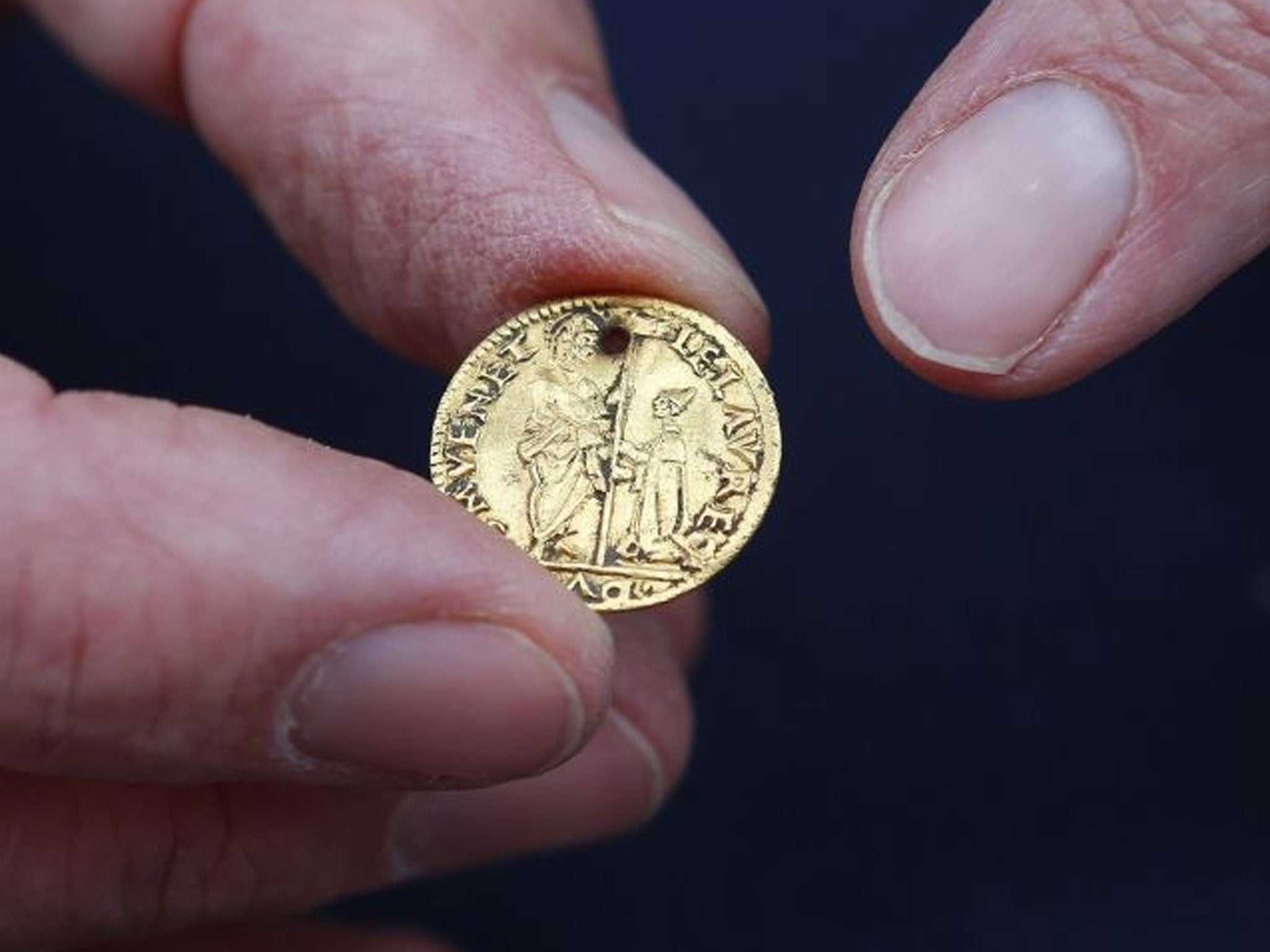Crossrail tunnel project uncovers ancient burial ground - including Bedlam patients
Archaeologist for London rail programme say thousands of bodies of plague victims and asylum inmates could be uncovered, along with Roman road
Your support helps us to tell the story
From reproductive rights to climate change to Big Tech, The Independent is on the ground when the story is developing. Whether it's investigating the financials of Elon Musk's pro-Trump PAC or producing our latest documentary, 'The A Word', which shines a light on the American women fighting for reproductive rights, we know how important it is to parse out the facts from the messaging.
At such a critical moment in US history, we need reporters on the ground. Your donation allows us to keep sending journalists to speak to both sides of the story.
The Independent is trusted by Americans across the entire political spectrum. And unlike many other quality news outlets, we choose not to lock Americans out of our reporting and analysis with paywalls. We believe quality journalism should be available to everyone, paid for by those who can afford it.
Your support makes all the difference.Crossrail, Britain's biggest construction project and the biggest archaeological dig in London for years, has uncovered everything from a Roman road to a 2,000-year-old horseshoe. And now the bones of long-dead Londoners have been added to the haul.
And some of the archaeologists' most delicate work involves remains from the Bedlam burial ground, established in the 16th century underneath where Liverpool St station now stands.
Thousands of Londoners were buried in the grounds for a period of about 150 years, from paupers to religious nonconformists to patients at the adjacent Bedlam Hospital, the world's first psychiatric asylum. Its name, a corruption of Bethlehem, became a synonym for chaos.
Crossrail's lead archaeologist, Jay Carver, said the project would eventually involve disinterring the remains of about 4,000 people.
The archaeologists are finding remnants as deep as six metres below street level - the level that Roman streets have been pushed down to by 2,000 years of development.
"This site is a rare, perhaps unprecedented opportunity," said Nick Elsden from the Museum of London.
"This is a major roadway outside one of London's busiest railway stations. You don't get to dig that up normally."
In other parts of London, archaeologists say they have unearthed objects that prove the city was a substantial settlement as early as 9,000 years ago - just one of a handful of sites that prove this.
A Mesolithic tool making factory dated to about 7,000 BC was found at archaeology experts at Crossrail’s tunnelling worksite in North Woolwich.
The find includes 150 pieces of flint, including blades, and archaeologists believe pre-historic Londoners tested and prepared river cobbles used to make flint tools before taking them to another site to complete the process.
The recently discovered Roman road is made of rammed earth, clay, wood and human bones, washed by a river from a nearby cemetery and incorporated into the building material.

"We tend to think in the past they were superstitious about bodies, but no," Elsden said. "Bits of bodies are washing around out of cemeteries - they're not that worried about it."
Crossrail's lead archaeologist, Jay Carver, said the project would eventually involve disinterring the remains of about 4,000 people. Earlier this year, the dig unearthed skeletons belonging to victims of the Black Death, the plague that wiped out half of London's population in 1348.

It appears that in Roman times, as now, the area around Liverpool St was a busy thoroughfare, with horses bringing produce from the countryside to residents of what was then known as Londinium. Roman horseshoes, made of metal and fastened to the hooves with leather straps have been found on the road.
And a gold coin from the 16th century, similar to those used by the wealthy and royal as a sequin or pendent, has been discovered at the Liverpool Street station site.
"Roman horseshoes, stuck in a rut of the Roman road - you've got this unique little snapshot," Elsden said. "You can see a Roman pulling his cart across the bridge. That's a rare little glimpse into ordinary Roman life."

Bedlam is known to contain the remains of several prominent historical figures, including the Leveller Robert Lockyer, a member of the 17th century political movement committed to social justice.
He was executed at St Paul's cathedral in 1649 by firing squad for leading an army mutiny, before being buried at the graveyard.
"If you find someone who's been executed with a musket, that's going to leave some kind of damage," said Carver. "It would be quite exciting if we could identify someone in that way."

Join our commenting forum
Join thought-provoking conversations, follow other Independent readers and see their replies
Comments